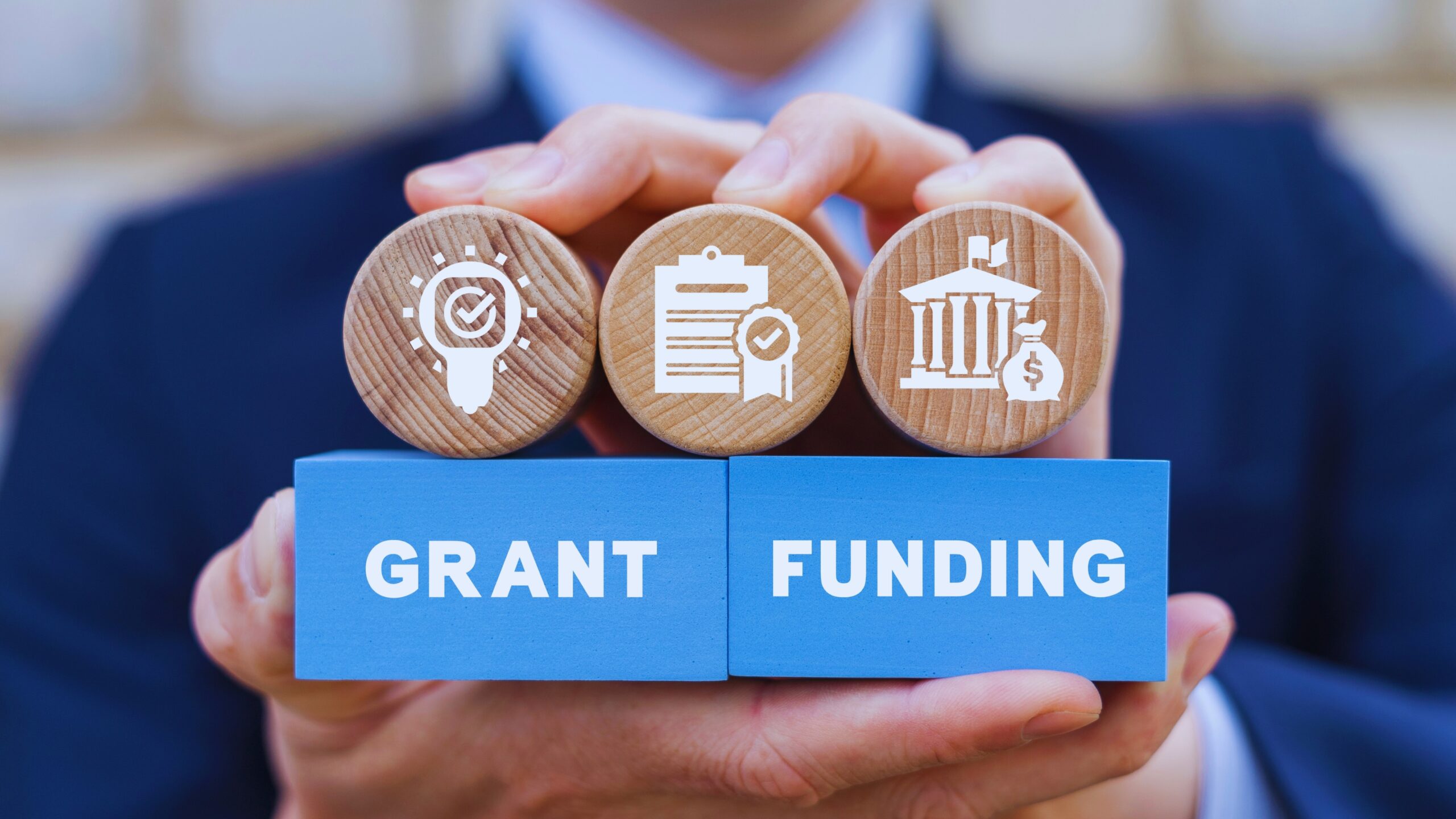As a entrepreneur or small business owner, landing significant contracts can be a game-changer. For larger projects, especially with government agencies or big corporations, you’ll often encounter a formal document called a Request For Proposal (RFP). While they can seem daunting, mastering the art of responding to RFPs can unlock lucrative opportunities and propel your business to new heights.
This guide will demystify what a Personal Guarantor is. We’ll break down its definition, explain its importance in business lending, and provide actionable best practices for navigating this common requirement. Get ready to make informed decisions about business debt and protect your personal assets.
Definition and Importance
A Request For Proposal (RFP) is a formal document issued by an organization (the client) that publicly announces a project and solicits bids from qualified vendors or contractors. It outlines the project’s scope, requirements, evaluation criteria, and timeline. Inviting potential service providers to submit a detailed proposal explaining how they would meet the client’s needs, their methodology, and their pricing.
Here’s why RFP’s are important:
- Fair and Transparent Procurement: RFPs ensure a fair and competitive bidding process. Allowing clients to compare multiple solutions and select the best fit based on defined criteria.
- Access to Large Contracts: Many government contracts, large corporate projects, and significant non-profit initiatives are awarded through the RFP process. It’s often the only way to access these lucrative opportunities.
- Clear Requirements: RFPs provide a detailed roadmap of the client’s needs. Helping you understand exactly what they’re looking for, which reduces ambiguity and miscommunication.
- Showcasing Expertise: Responding to an RFP allows you to formally present your company’s capabilities, experience, and unique value proposition in a structured manner.
- Building Credibility: Even if you don’t win every RFP. The act of submitting a professional proposal can build your company’s reputation and visibility within your industry.
Real-World Side Hustle Example
Imagine Sarah, a freelance digital marketing consultant specializing in SEO. She’s looking to land a larger, more stable contract. She discovers that “City Gardens,” a major local landscaping company, has issued a Request For Proposal (RFP) for a complete redesign of their website and an ongoing SEO strategy.
The RFP document details City Gardens’ current website issues. Their target audience, their desired features for the new site, their budget range, and the specific metrics they want to improve (e.g., “increase organic traffic by 30%”). Sarah, as a potential vendor, must now prepare a comprehensive proposal outlining her approach, her relevant experience, a detailed timeline, and her pricing for the entire project. This proposal is her formal response to the RFP, hoping to win the contract.
RFP Best Practices
Responding to an RFP is a significant undertaking. A well-crafted proposal can differentiate you from competitors. Implement these best practices to increase your chances of winning.
- Read the RFP Meticulously: Don’t skim. Read every section, every requirement, and every instruction carefully. Missing a single detail can lead to disqualification. Highlight key deadlines and mandatory inclusions.
- Qualify the Opportunity: Before investing time, determine if you’re truly a good fit. Do you meet all mandatory requirements? Can you deliver on the scope? Is the budget realistic for the work involved? Don’t waste time on RFPs you can’t win.
- Tailor Your Response: Never submit a generic, boilerplate proposal. Customize every section to directly address the client’s specific needs, pain points, and objectives as outlined in the RFP. Use their language.
- Highlight Your Unique Value Proposition: What makes you different and better than the competition? Emphasize your unique approach, specialized expertise, or proven track record.
- Be Clear and Concise: While comprehensive, your proposal should be easy to read and understand. Use clear headings, bullet points, and visuals. Avoid jargon where possible.
- Address All Requirements: Ensure you answer every question and fulfill every requirement listed in the RFP. Use a checklist to verify.
- Proofread Thoroughly: Typos and grammatical errors undermine your professionalism. Have multiple people review the proposal before submission.
- Adhere to Formatting and Submission Rules: Pay close attention to file types, page limits, font sizes, and submission methods (e.g., online portal, email, hard copy).
Quick Case Study
“Innovate Solutions,” a small software development firm, wanted to move beyond small projects and secure a larger contract. They identified an RFP from a regional healthcare provider for a new patient management system.
Innovate Solutions dedicated significant time to their response:
- They held internal meetings to fully understand every requirement in the 100-page RFP.
- They customized their standard proposal template to directly address the healthcare provider’s specific challenges and goals.
- They included a detailed case study of a similar project they had successfully completed.
- Their CEO personally reviewed every section for clarity and adherence to the RFP’s strict guidelines.
Despite being a smaller firm, Innovate Solutions’ meticulously crafted and highly tailored proposal stood out. They won the $500,000 contract, a significant leap for their business. Their success was a direct result of understanding the RFP process and committing to a high-quality, customized response.
Tools and Resources
Navigating the RFP process can be streamlined with the right tools and resources, helping you find opportunities and manage your proposals.
- RFP Search Platforms:
- GovWin IQ / BidNet: Databases for government and public sector RFPs.
- Local Government Websites: Check city, county, and state government procurement portals directly.
- Industry-Specific Platforms: Many industries have specialized sites that list RFPs relevant to their niche.
- Proposal Management Software:
- PandaDoc / Proposify: Tools that help create, send, track, and manage professional proposals and contracts.
- Loopio / Qvidian: More advanced solutions for managing content libraries and automating RFP responses for larger volumes.
- CRM Systems (like HubSpot, Salesforce): Can be used to track RFP opportunities and manage communication with potential clients throughout the bidding process.
- Legal Counsel: For reviewing complex RFP terms or contract language before submission.
Your Next Step: Conquer the RFP
Understanding what a Request For Proposal (RFP) is is your first step toward unlocking larger, more impactful contracts for your business. It’s about approaching complex opportunities with preparation, precision, and a clear demonstration of your unique value.
Ready for more essential insights to fuel your entrepreneurial journey? Don’t miss out on crucial tips and strategies for mastering your sales and operations. Follow our Hustlers Library newsletter today to stay ahead of the curve!







